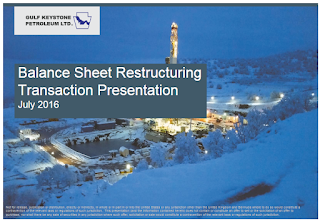At the end of November, BP acquired a 10% interest in Zohr from Eni. Since then, BP has announced two further acquisitions:
ADCO Concession
BP announced over the weekend that it had secured a 10% stake in the Abu Dhabi’s multi-billion barrel resource ADCO concession. BP previously held 9.5% in the concession prior to the expiry of its licence in January 2014. Other holders of the concession are currently Total (10%), INPEX (5%) and GS Energy (3%).
The concession is for 40 years and will add 1.8bnboe of 2P reserves to BP (net). The agreement includes various fields in the country with a total resource base estimated at c.20bnboe and represents a long term, low decline, sizeable resource for BP. The timing of the transaction will allow BP to book the reserves for the year end.
BP will pay a signature bonus of $2.2bn for its 10% stake, in line with the bonuses paid by other participants. However, the key noticeable difference is that BP will be paying in shares and will be issuing 393 million shares at £4.47 or a 9% discount, equating to 2% of its stock. The shares will be held by Mubudala and signals flexibility on the part of Abu Dhabi to secure a deal in a tough environment.
Mauritania and Senegal with Kosmos Energy
On 19th December, BP announced that it had reached agreement with Kosmos Energy to acquire an operated interest in the Tortue field and surrounding blocks offshore Mauritania and Senegal. This will comprise of a 62% operated interest in C-6, C-8, C-12 and C-13 on the Mauritania side and 32.5% interest in Saint-Louis Profond and Cayar Profond on the Senegal side.
As part of the deal, BP will pay USD162 million upon closing of the transaction, appraisal carry of USD221 million and development carry of USD533 million bring total consideration to USD916 million. BP will also pay a contingent bonus of up to USD2/bbl for up to 1bnbbl of liquids structured as a royalty, should liquids be discovered. Kosmos will continue as exploration operator of the blocks.
The blocks contain the Tortue field, which is estimated to hold 15tcf of gas resources with potential for 1bnbbl of liquids. Project sanction is expected to be in 2018 with the most likely development scenario being a phased near-shore FLNG development.






























